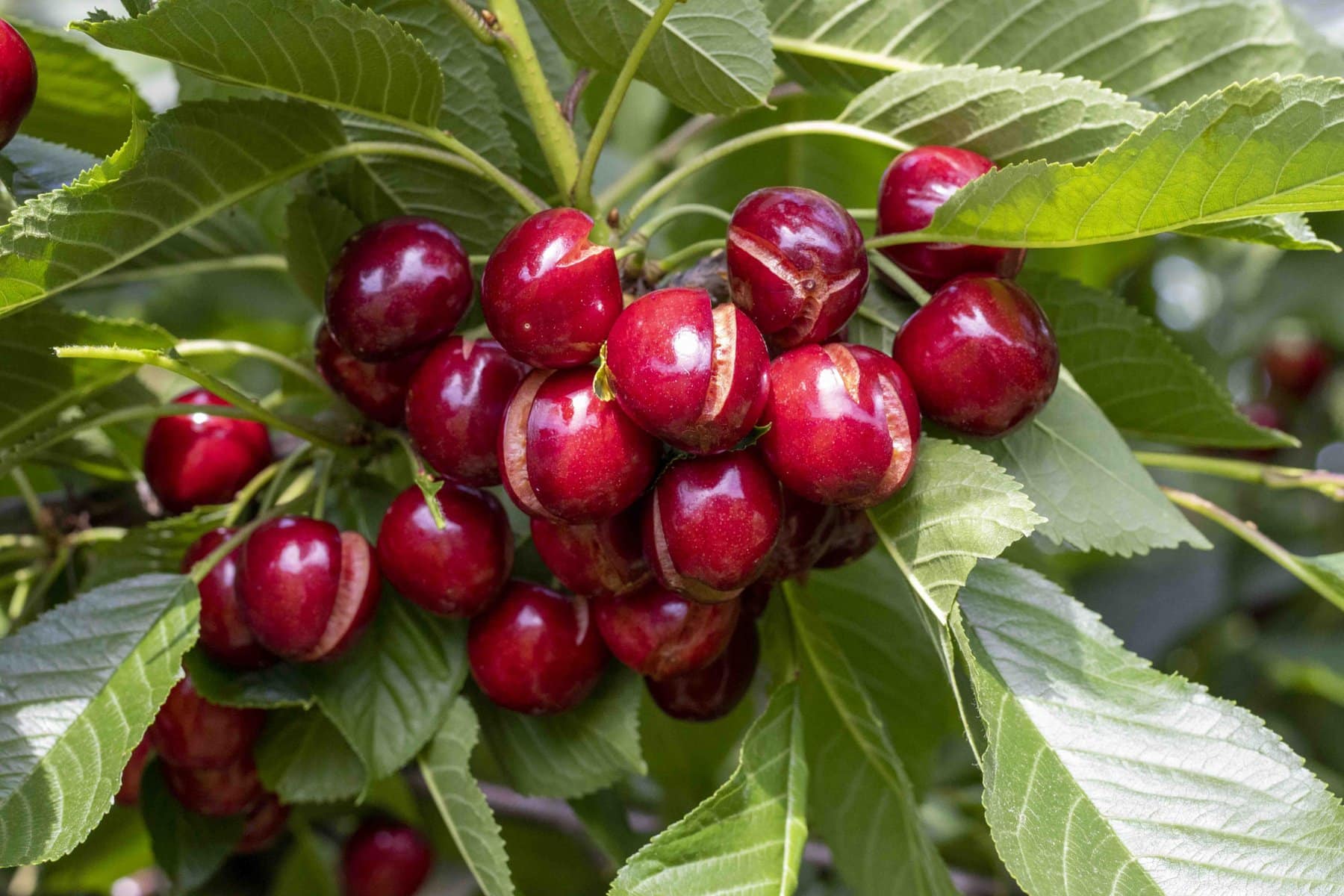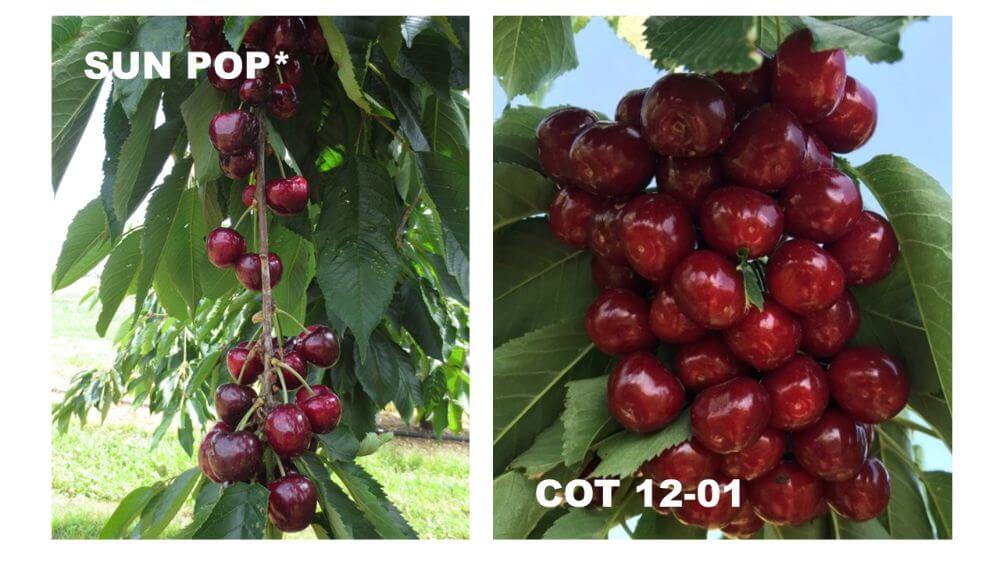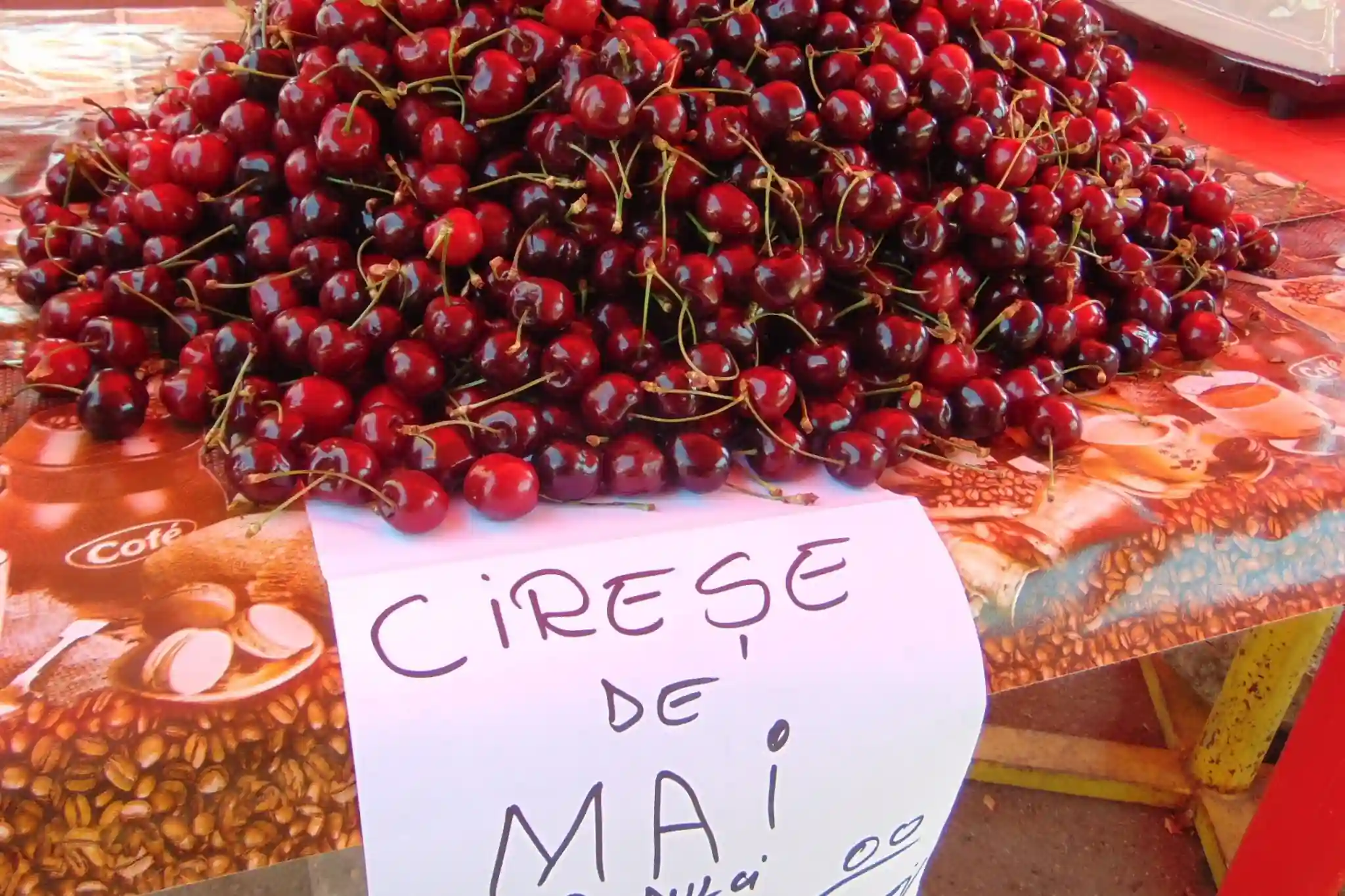Rain cracking (hereinafter macrocracking) severely impacts production of sweet cherry. Rain shelters are effective in decreasing fruit cracking. However, rain shelters are expensive and occasionally cannot be erected because of topography or tree architecture.
Foliar applications of Calcium (Ca) salts on maturing fruit are inexpensive and the application technology is readily available on most farms. Calcium (Ca) sprays are sometimes said to reduce macrocracking but reported responses in the scientific literature to Ca sprays are variable and inconsistent. It is believed that Ca effects on macrocracking are osmotic effects on water uptake.
This, however, can be excluded. The osmotic potential of Ca solutions barely exceeds 10% of the fruits’ water potential. This corresponds to a decrease in water uptake of less than 10% - an effect that would hardly be noticeable under field conditions. The objective of our study therefore was to identify the physiological mechanism through which Ca reduces macrocracking in sweet cherry fruit.
Six spray applications of 50 mM CaCl2 had no effect on macrocracking (assessed in a standardised immersion assay) despite a 28% increase in the Ca/dry mass ratio. Similarly, in another experiment, there was no effect of up to nine Ca sprays on macrocracking, although the Ca/dry mass ratio increased up to +19% as the number of applications increased.
Applications began as early as two weeks after petal fall. In contrast, CaCl2 spray applications during simulated rain in a fog chamber significantly reduced the proportion of macrocracked fruit. Also, immersion of fruit in CaCl2 decreased macrocracking in a concentration-dependent manner.

Monitoring macrocrack extension of sweet cherries submerged in different CaCl2 solutions using time laps photography, and image analysis allowed a rate of extension of a macrocrack to be quantified. The rate of macrocrack extension decreased markedly as the CaCl2 concentration in the solution increased.
This effect was significant at concentrations as low as 1 mM CaCl2. In addition, CaCl2 maintained integrity of the plasma membranes. It decreased the swelling of cell walls thereby improving cell-to-cell adhesion. This effect resulted in increased skin stiffness and fracture force that all contributed to the decrease in macrocracking.
There was no effect of CaCl2 on the rate of cuticle deposition. Recently, it was claimed that Ca increases cuticle deposition. This finding, however, was based on microscopy and resulted from an artefact caused by strain relaxation.
Our results demonstrate that multiple spray applications of CaCl2 (and most likely of other Ca-salts too) may be effective in increasing the Ca dry mass ratio, but not effective in decreasing fruit macrocracking. To be effective in reducing macrocracking, the Ca ions must come into direct contact with an extending microcrack that later deepens and develops into a macrocrack and begins to propagate.
Direct contact of Ca and cell wall can be achieved by applying Ca to a wet fruit surface either by spraying on wet fruit or by incubation in solutions containing CaCl2. Under these circumstances, Ca has direct access to the cell wall at the tip of a macrocrack. The improved cross linking of the cell wall constituents at the tip of an extending macrocrack then reduces the rate of crack extension and thereby cracking
The full paper was published in: Winkler, A., Bunger, P., Lang, P.M., Schumann, C., Brüggenwirth, M., Knoche, M. 2024. Mode of action of Calcium in reducing macrocracking of sweet cherry fruit. J. Amer. Soc. Hort. Sci., 149(2):61-74. https://doi.org/10.21273/JASHS05354-23
Andreas Winkler, Pia Bunger, Paula Morales Lang, Christine Schumann, Martin Brüggenwirth, and Moritz Knoche
Institute for Horticultural Production Systems, Leibniz-University Hannover, Hannover, Germany
Cherry Times - All rights reserved













